5x5 Workout | How to do a Barbell Overhead Press?
Oct 14, 2022 by Speediance
Benefits, Proper Forms, Common Mistakes, Techniques of Overhead Press
The barbell press is a foundational compound movement that helps build upper body strength and tests stability. As a basic, multi-joint barbell movement, the overhead press allows for progressive overload, which will in turn strengthen your shoulders and improve your core stability and strength.
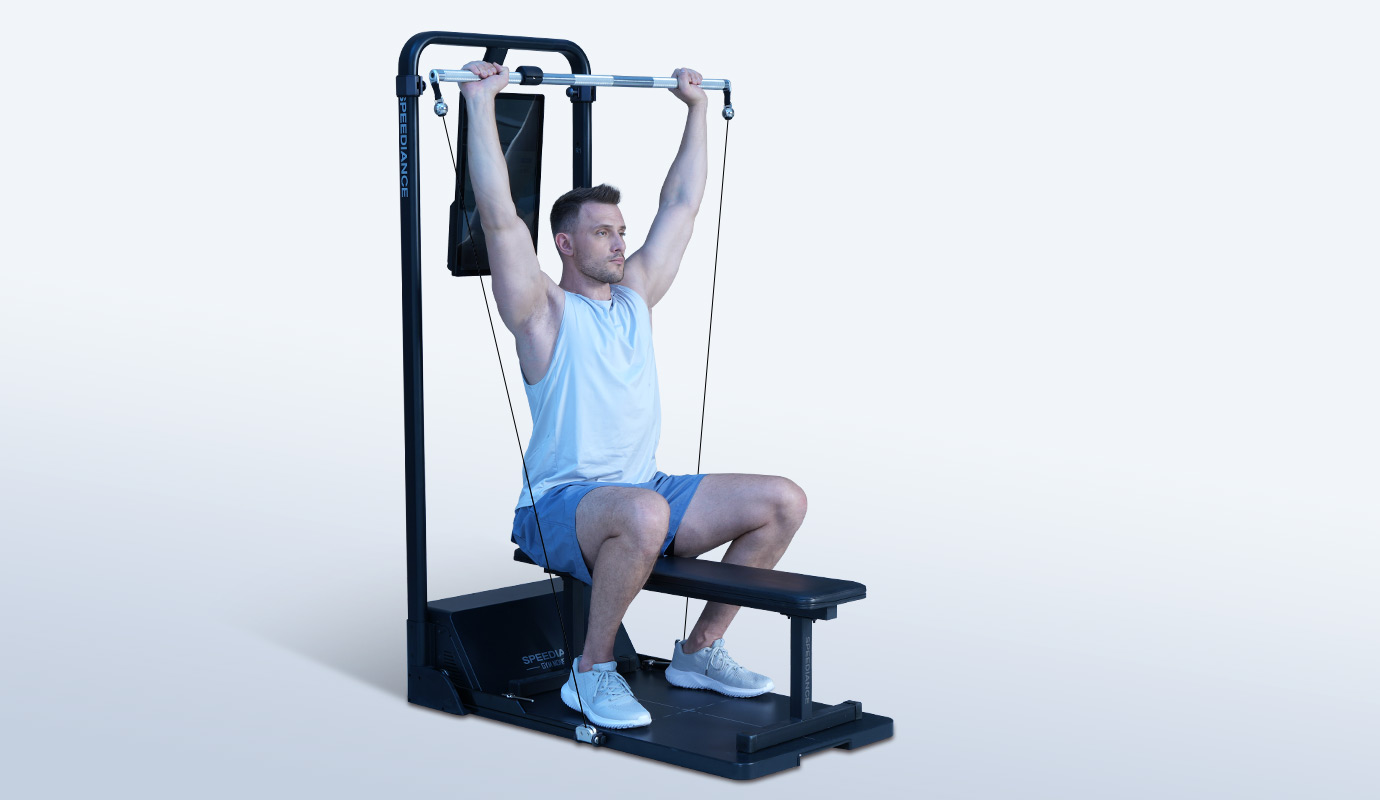
Benefits of the Overhead Press
-
Improve core strength and build muscle.
-
Broader & stronger 3D-looking shoulders.
-
Build upper body mass & strength.
-
A great full-body workout.
-
Better barbell bench press techniques.
-
Improve your lockout strength.
Muscle Group Worked by Overhead Press
The overhead press is also known as the shoulder press, but while all three heads of your shoulders are engaged in the lift, they are far from isolated exercise. Your abs, lower back, and the muscles around your shoulder blades are all engaged when pressing the weight above, and your glutes, hamstrings, and quadriceps are also used to offer stability to this shoulder exercise.
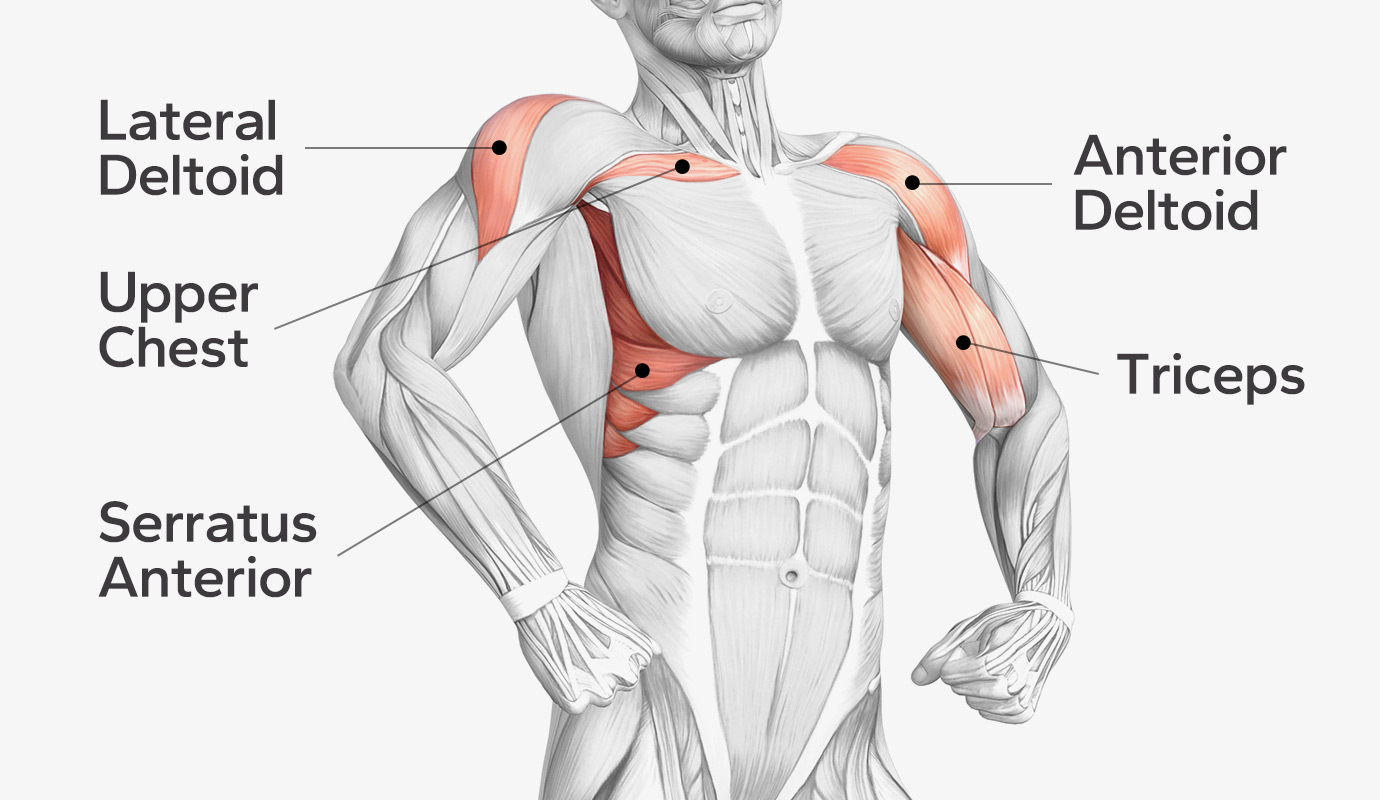
Primary muscle worked:
Anterior deltoid
Lateral deltoid
Secondary muscle worked:
Upper chest
Triceps
Serratus Anterior
Common Mistakes of Overhead Press
1. Start Position
Set the rack or anchor the pulley at a height same as your collarbone to help reduce energy expenditure and the risk of injury during the lift.

2. Incorrect Grip Width
The setup is one of the most important aspects of a solid and stable overhead press. A common mistake of overhead press mistake is gripping the barbell too wide, hindering your strength or ability to activate the right muscles.
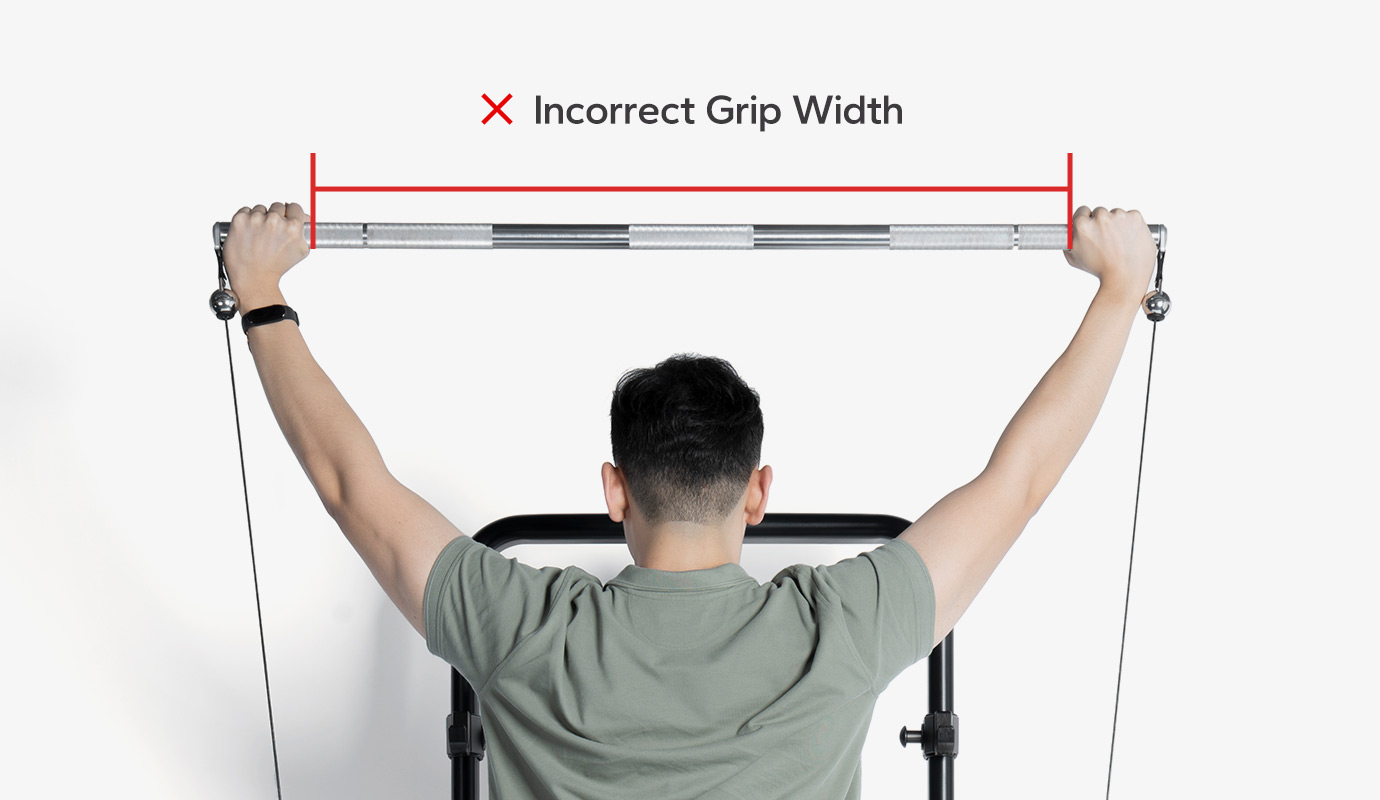
How can it be fixed?
When assuming a solid setup position, ensure your hands are in the best position to direct the weight overhead. The proper grip should be 1.5 times the width of the shoulder.
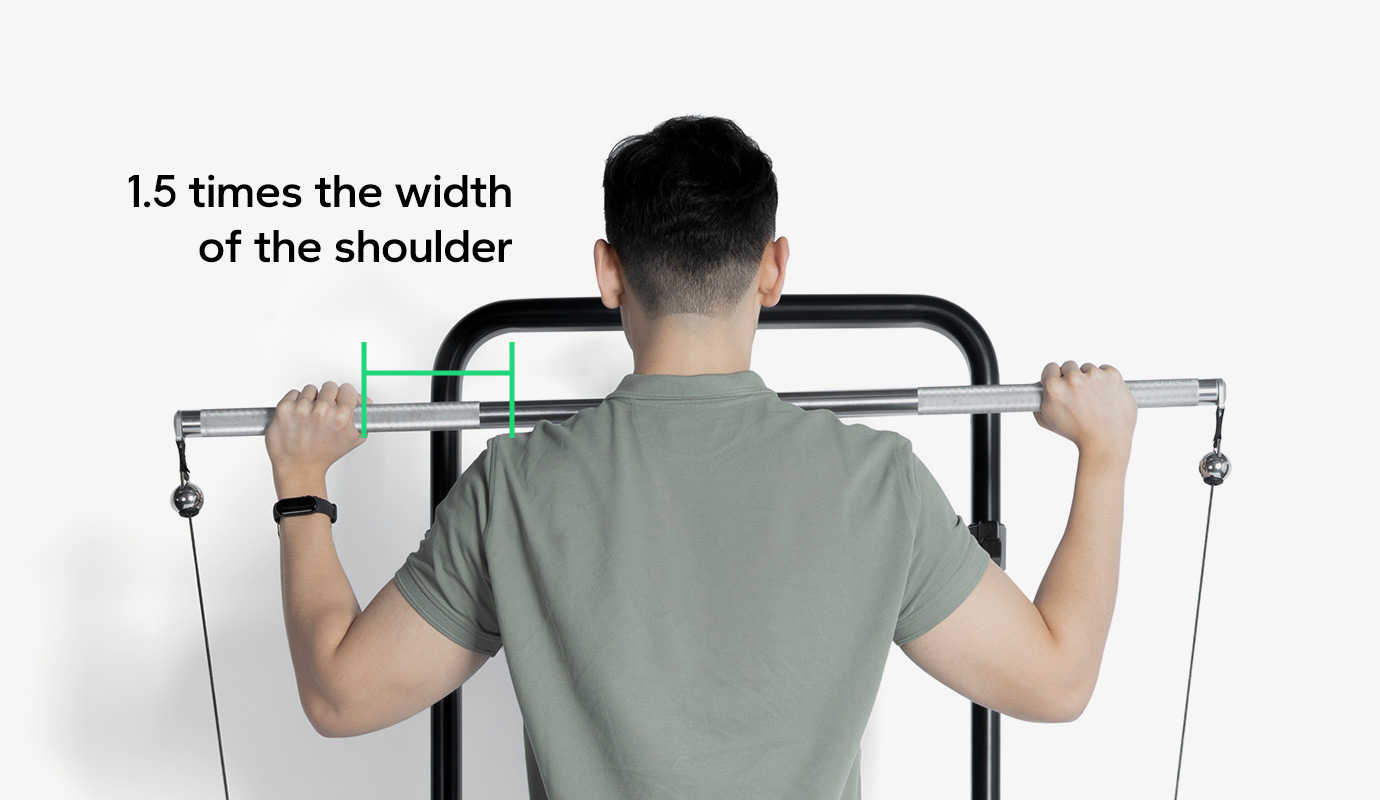
Hyper Extension of Low Back
A slight back arch in the overhead press is acceptable but a notable back arch is not.
The weight force is coming right down on your spine. Hyperextending your lumbar spine during the movement will most likely cause lower back pain.

How to fix it?
Integrating basic core stability, strength, and squeeze glutes to support your weight to avoid arching your back and keep a proper spinal alignment.
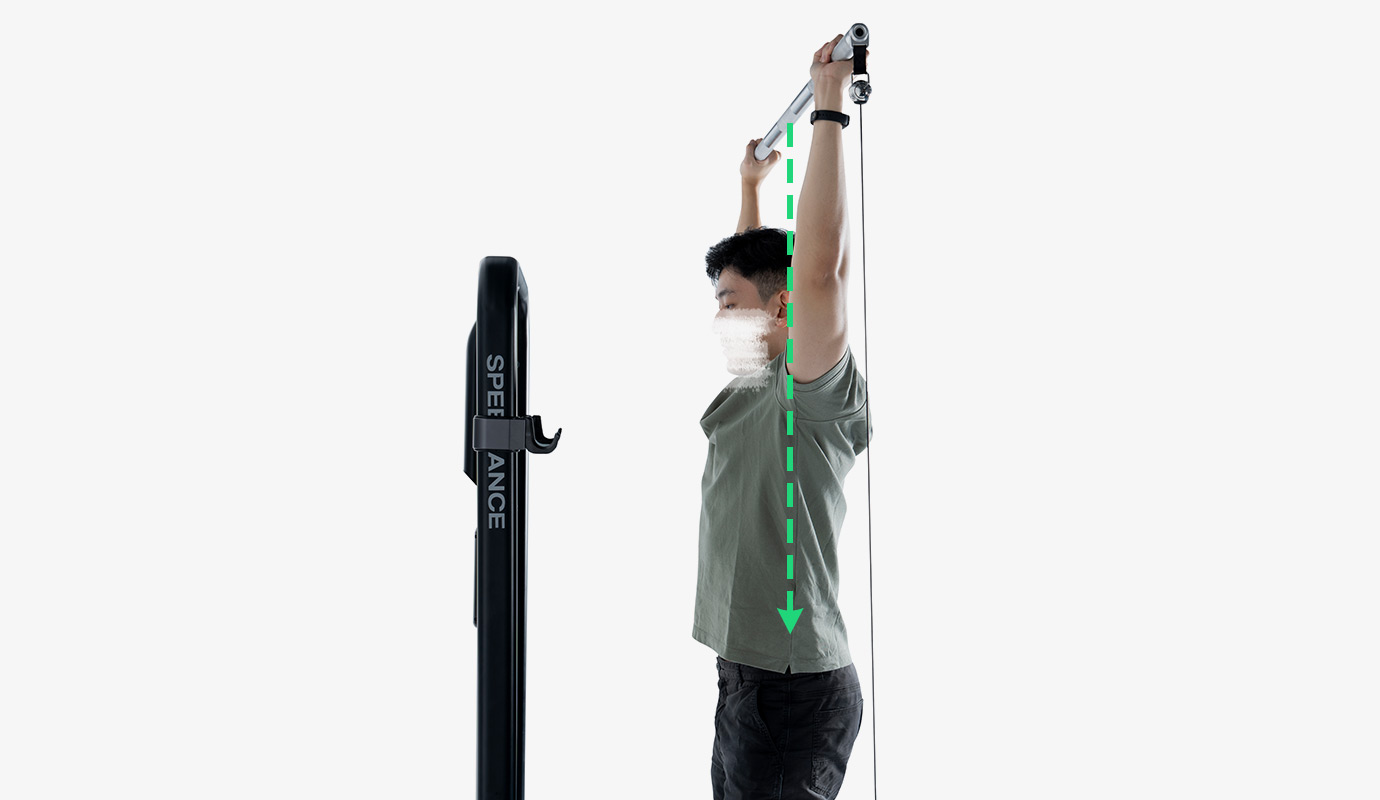
4. Elbows Flaring Out
The upper pectorals and triceps become much less active in the movement as the elbows flare.
Furthermore, this can result in an incorrect upward drive direction, unwanted shoulder stress, and potential injury.
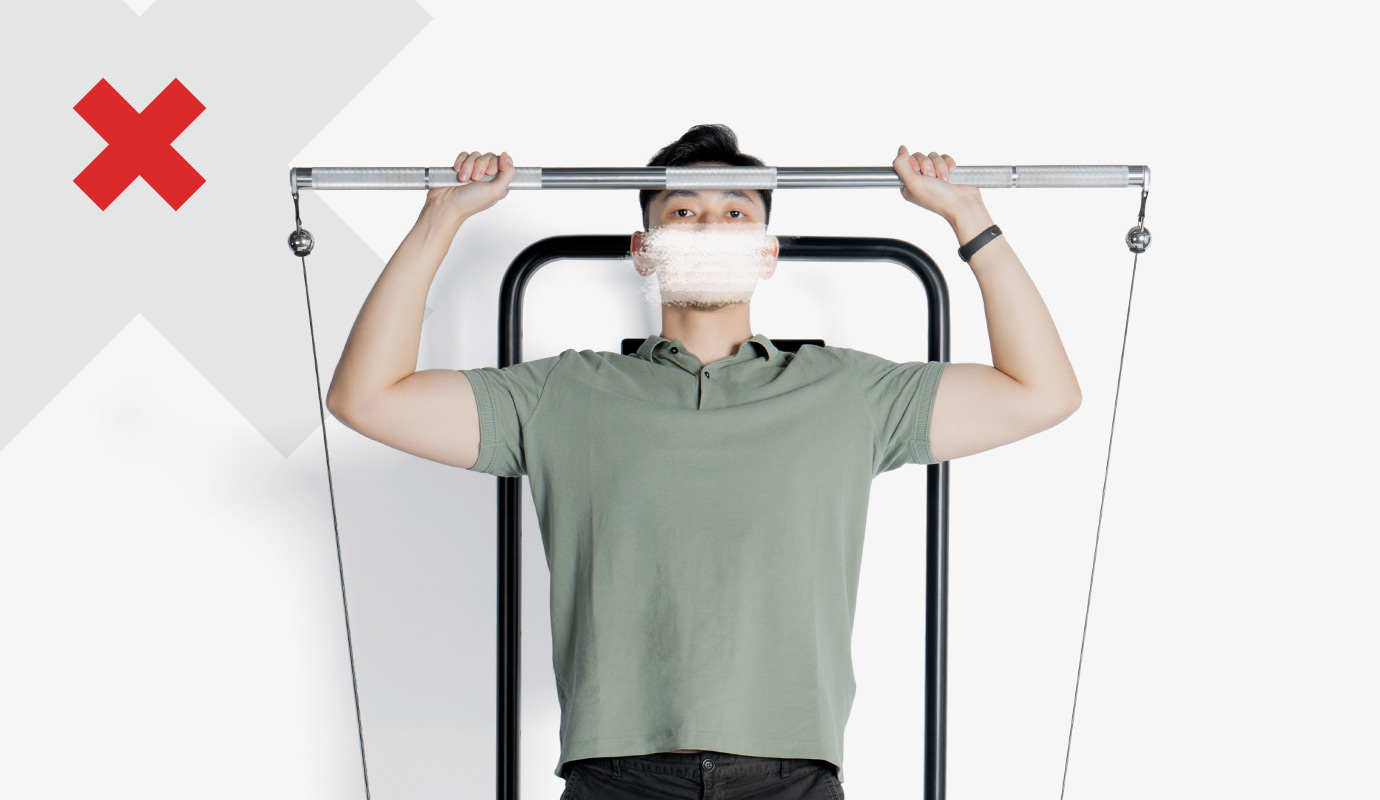
How to Fix It?
To fix this, ensure the elbows are in front of the bar and the radius is vertical during the setup, initial, and return phases of the moment. It would help to retract your scapular to keep your elbows aligned under your wrist. Recruit your anterior & lateral deltoid and upper back stability as you press the barbell upwards, and tuck your elbows in and slightly outside your shoulders.
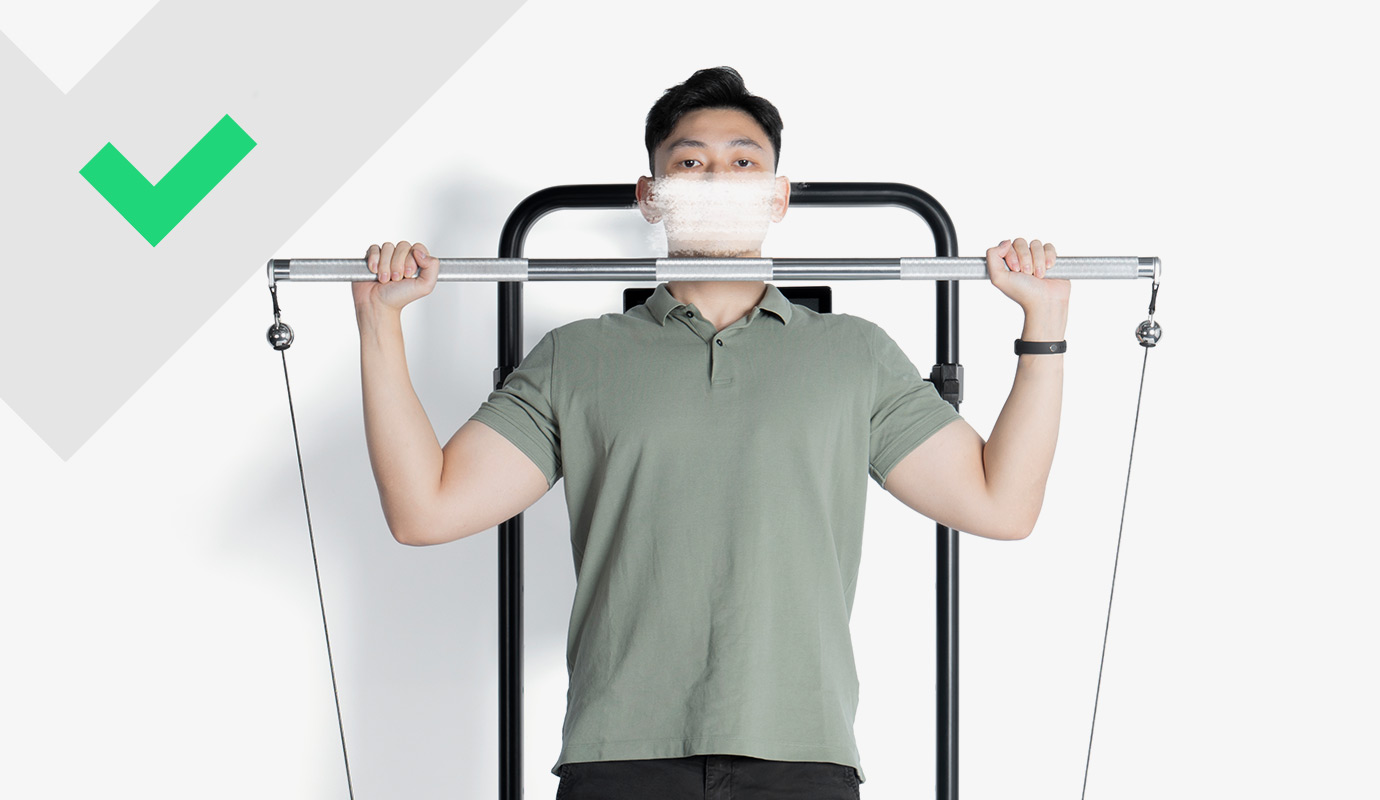
5. Wrists Bend Backward
Bending your wrists backward places a lot of strain on your wrist joints and can more likely cause injury and make the lift less effective.

How can it be fixed?
Keep your wrists in a straight line and vertical to your forearms in a neutral position to avoid injury during the press.

Techniques During Overhead Press
1. Do the Valsalva Maneuver
-
Take a deep breath.
-
Hold your breath against a closed glottis.
-
Press the barbell overhead.
-
Back to the start position
-
Breathe out
The Valsalva Maneuver improved our ability to contract and stabilize our abdominal, gluteal, and thoracic muscles throughout the motion. No exhalation can generate enough pressure to stabilize the spine during strenuous efforts.
2. Locked in Abdominal, Glutes, and Quads
The ability to create tension with your abs, glutes, and quads is going to be your strength. Squeeze our abdominal, glutes, and front quads during the exertion and release to align your hips to keep your body relatively straight as you press up. The more locked in you are with glutes and quads, the more successful and stable your lift will be.
3. Correct Bar Path
Make sure to push the bar straight up rather than forward or backward. Move the bar in a straight vertical line to reduce energy expenditure and increase mechanical efficiency.
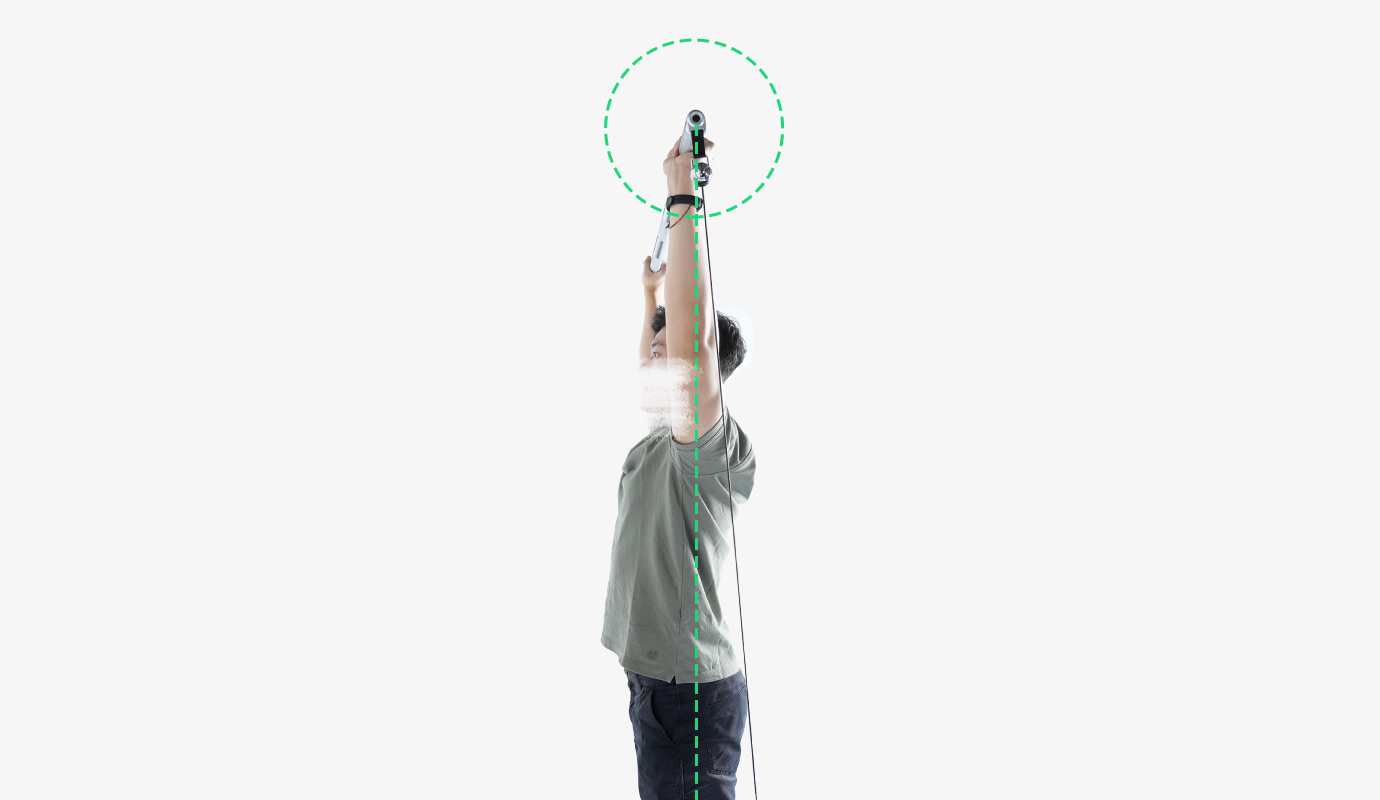
4. Neutral Spine
Squeeze your abs as tight as you can and take a deeper breath before you start to press the weight up. Keep a neutral spine throughout the muscle contraction.
5. Lockout Position
Keep your chin tucked to make space for the press. Make sure that you have the bar directly above the back of your neck instead of lockout in a position just in front of the forehead. Keep a point that should have the bar, the glenohumeral joint, and the mid-foot in a straight vertical line. Remember to drop your shoulders.
6. Maintain your focus on a single point.
Keep your gaze fixed on the same point throughout the press, looking straight ahead. That will assist you in keeping your head in line and avoiding neck injury.
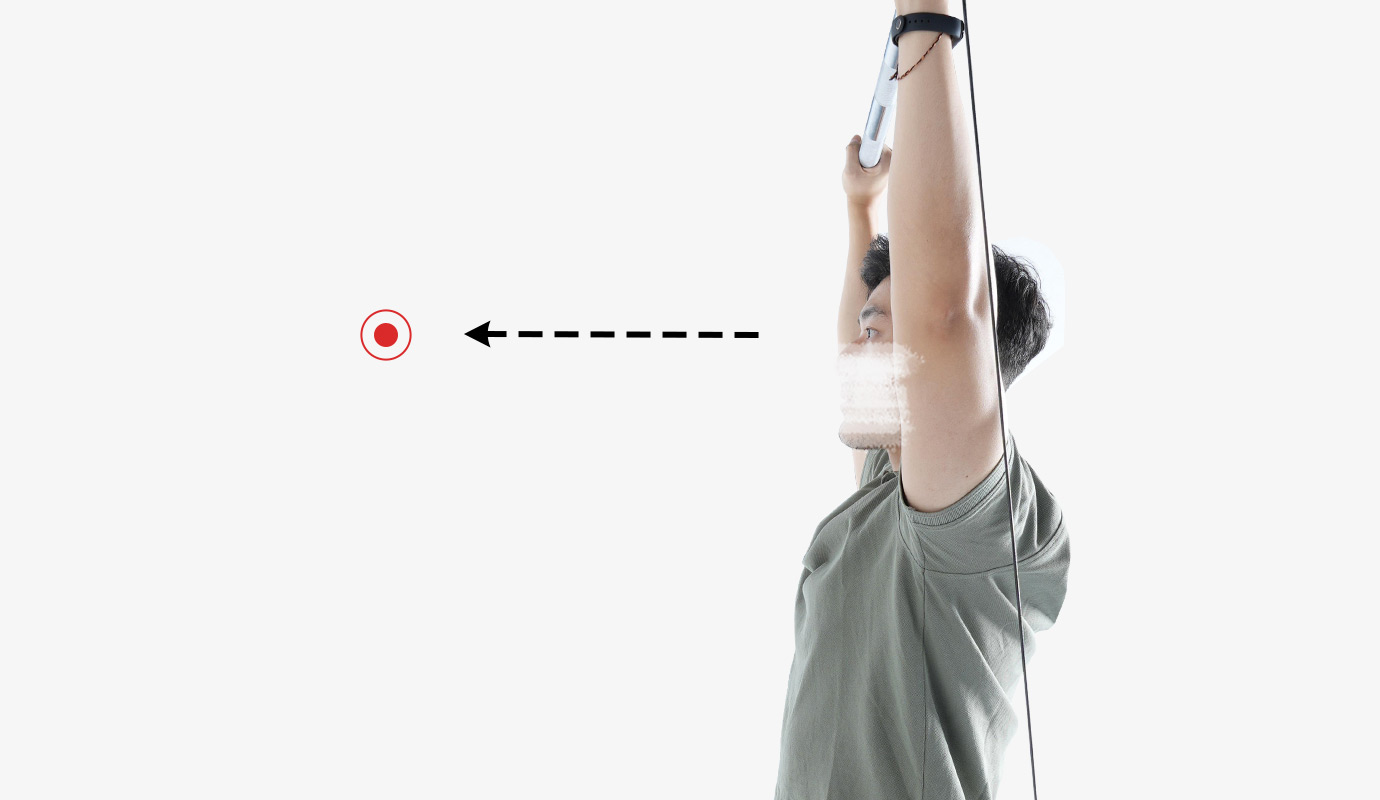
Wrapping Up
Hope you've mastered the correct overhead mechanics from this blog before moving anything heavy overhead. Make overhead press a mainstay of your upper body training and reap its benefits in the gym and on the field.
